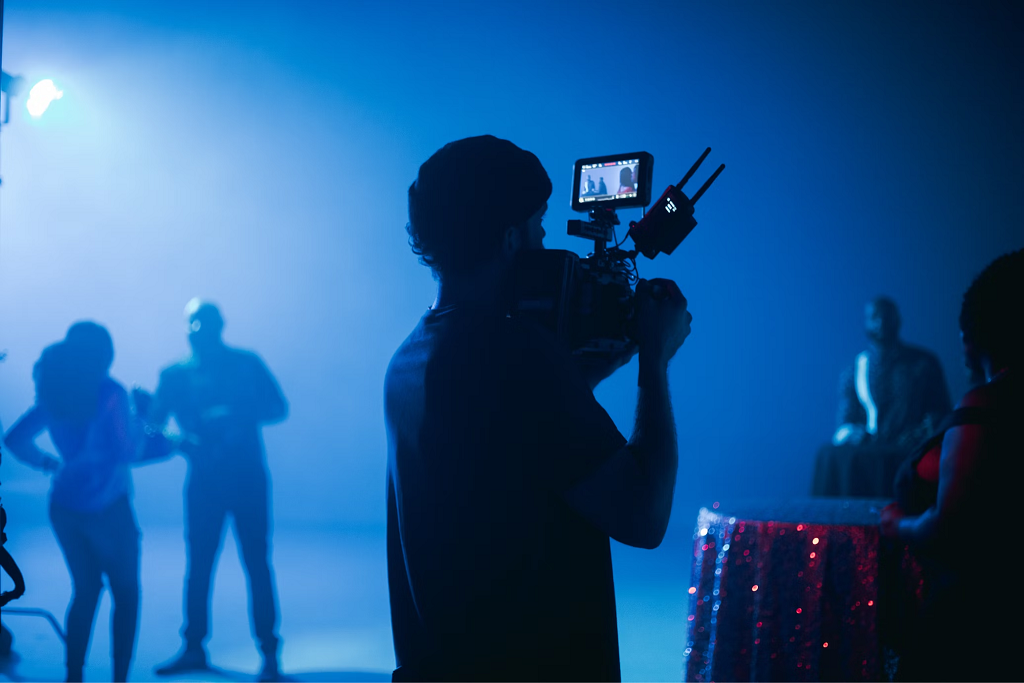Have you ever wondered when was the first documentary made and what it was about? The answer is 1922, and it was a silent movie about the life of Eskimo called Nanook of the North. This movie became a blueprint for every other documentary to come, which was pretty significant. However, with advancements in tech, and movie trends, the evolution of documentaries was inevitable. So, let’s go over the history of documentaries and talk about how the genre has changed over several decades.
Modern Trends and How They Affect Filmmaking
Thanks to digitalization, people have easier access to content like TV shows, movies, games, online casino sites, etc. This has a huge impact on how content is generated, formatted, and advertised nowadays. You need to grab people’s attention and get them hooked right from the get-go. For example, gambling sites do this with flashy bonus offers, free spins, and highlighting jackpot prizes. You can look at bizzo casino pl review to see how these techniques are used to communicate immediate value to the players. But this isn’t something that’s unique to online casino sites.
Documentaries also had to adapt and compete in this new climate. They had to be about fascinating topics, like mysteries, conspiracies, and top secrets that we are not privy to through mainstream media. As a result, the evolution of documentaries has come to pass and now there are several sub-genres in this category.
New Role of Documentaries
A few decades ago, documentaries were regarded as spinach or broccoli of the movie industry. They are informative and basically good for you, but nobody thinks they are fun or wants to watch them. That has significantly changed, nowadays, the documentary style is cinematography is used to make fiction seem more authentic. Docu-style shows like Modern Family and The Office are regarded as top-tier television.
Additionally, industries are using the hype for documentaries to promote their brands, and they often finance filmmakers. You have documentaries about toys, movies, weed, cars, and casino games. The goal of these movies is to tell interesting stories but also to subtly promote specific brands, IPs, or gambling destinations around the world. After all, making a high-quality documentary can be expensive. So, if someone has a story to tell and they can raise funds through product placement, it would be foolish to ignore such opportunities.
So, if you see docu-styled movies about blackjack, roulette, or popular video games, you can bet that one of the gaming brands is backing the project. It’s worth pointing out that documentaries were also very popular in the 1930s and 1940s, and their “advertising” potential was immediately utilized. They were used as propaganda tools in the UK, the US, and Nazi Germany during those periods.
Types of Documentaries

Another exciting in the history of documentaries was between the 1960s and 1990s. At this time, television broadcasting and educational content were a perfect fit. So you had evolutionary documentary movies, movies about history, and other scientific topics. As of now, there are 6 sub-genres or formats with distinct features:
- Poetic – The before-mentioned Nanook of the North would fit in this category. It’s a type of film that has no specific narrative. It focuses on imagery and visual storytelling in order to elicit an emotional response.
- Expository – Historic, scientific, or propaganda documentaries would fit in this category. They aim to tell a story from one point of view, and they also have a narrator.
- Participatory – Much like the name suggests, the filming crew is more involved here and interacts with the subjects of the movie. They are like interviewers who actively participate in the narrative.
- Observational – This style of documentary filmmaking was used in popular TV shows. The role of the crew is that of a fly on the wall. They are an indifferent observer.
- Performative – Here, the filmmaker explores a topic that he or she holds close to heart. They are the narrator, and they explain how they are connected to the story.
- Reflexive – These are more modern educational documentaries. If you look at shows where the crew visits different parts of the world and reports on native tribes and their customs, that can be considered a Reflexive genre. Here the crew also interacts with the audience, but they also want to showcase their relationship. So, you’ll see them having fun, joking around, and dancing. This is usually presented as behind-the-scenes footage.
However, regardless of the genre, filmmakers still follow certain rules in storytelling when editing and connecting the footage. They still aim for their movie to have a main narrative that expands, along with parallel sub-plots that will come into play later. This makes movies more interesting and easier to digest. More importantly, it prevents them from becoming boring info dumps.



